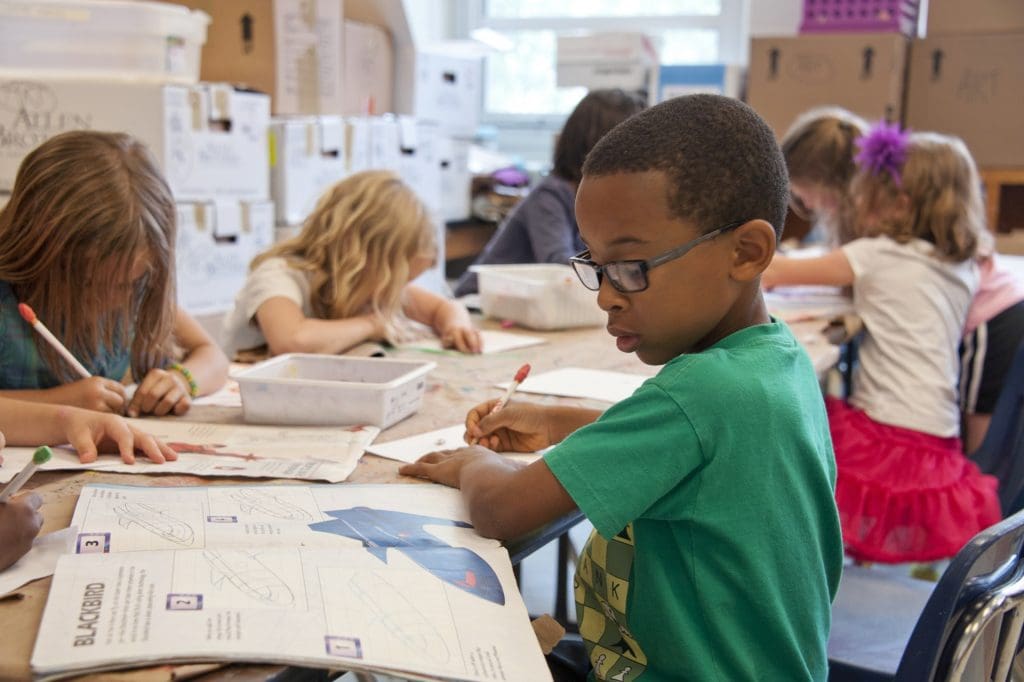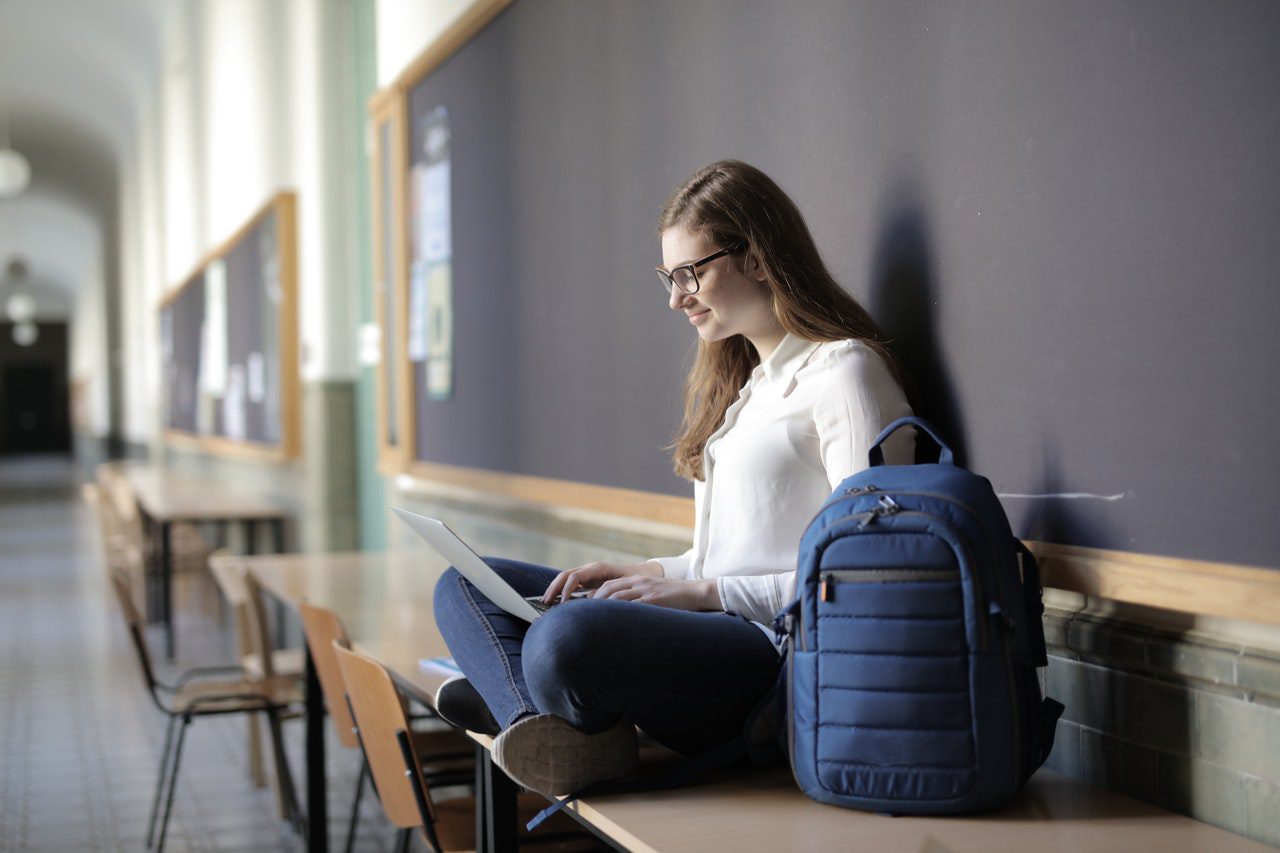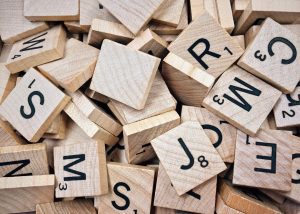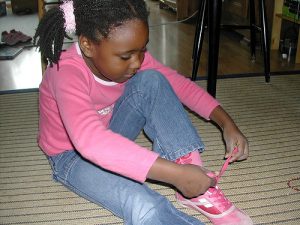The education sector has been running on a conventional rote learning system for decades. However, things are likely to change in today’s progressive world. Students have to develop proficient skills and expertise to thrive in today’s era. As a result, educators are redesigning curriculums and learning practices to offer the best outcomes for students. A notable change in the education sector will be the transition from homogenous to diverse learning. Educators are paying attention to ability grouping, where they group learners based on their strengths, weaknesses, and talents. Hence, students will get a chance to study with like-minded people and broaden their horizons. From a learning perspective, teachers can tailor the instructional content to align better with students’ needs.
Similarly, teachers can give individual attention to students and work on their weaknesses. For instance, if students lag in public speaking skills, teachers can conduct in-class debate sessions. If you don’t know much about this teaching approach, let us show you the ropes. Here are five benefits of ability grouping in an educational setting.
Table of Contents
Offers Flexibility
As they say, ‘you can’t judge a fish’s ability to climb a tree.’ Well, the same rule applies to students. Every student has a distinctive learning ability and retention capacity. You might be able to memorize lessons quickly while your friend may have difficulty calculating numbers. Ability grouping prevents this problem and offers more flexibility. It allows students to concentrate on specific classes and lessons where they are lagging.
Usually, people think ability grouping only happens in schools, but colleges and universities also follow this approach. Thus, whether you are thinking of completing an online MBA no GMAT or a bachelor’s program, look for ability grouping opportunities. It will give you the flexibility to learn at your pace and improve academic performance.
Students Receive Individual Attention
In a heterogeneous classroom, students with different abilities and talents study together. As a result, it becomes impossible for teachers to cater to every student individually. However, when students are grouped based on similar skills and abilities, teachers can concentrate on their weaknesses and strengths. For instance, if some students face difficulty memorizing a lesson, teachers can work with them after class.
Moreover, since the teacher instructs a small group of students, they will likely remember every tiny detail. They will know which students play musical instruments, participate in sports, and the ones who lag confidence. In turn, instructors can teach students valuable life lessons that go beyond classroom learning and academic material.
Improves Learning Pace
In a conventional classroom environment, teachers focus their lessons on the perceived average learning ability of students. It might seem like a reasonable approach, but it leaves more than two-thirds of students dissatisfied. After all, some learn quickly and have to wait for the rest of the class, while others remain confused and need more attention. Ability grouping offers a means to keep all students engaged in the classroom.
The instructors teach at the pace of that particular group to improve the learning process. If the group needs an in-depth explanation of every calculation, the teacher will give a thorough lecture. Similarly, all students receive the same material and take an equal amount of time to complete the assignment. Therefore, none of the students feel inferior or superior to each other since everyone is on the same page. In addition to improving learning pace, teachers can constantly fulfill students changing needs.
Boosts Confidence
When studying in heterogeneous classrooms, the weaker students often feel neglected by the teachers. The intelligent student grasp concepts within minutes, and teachers move towards the next topic. As a result, the weak student’s understanding remains unclear, affecting their academic performance. However, with ability grouping, all students have the same intelligence quotient, putting them on the same level. They can ask questions in classrooms and give answers without the fear of being judged by others.
Moreover, teachers can urge students to take ownership of their learning to have more grasp and control. Above all, ability grouping doesn’t have any room for comparisons since teachers follow a differentiated learning approach. It ensures the students don’t feel pressured, boosting their confidence and self-esteem, motivating them to do better.
Encourages Group Learning

Any idea how it feels to work with like-minded people? As ability grouping puts people with the same abilities in a group, students get a chance to work with people like themselves. Usually, they share the same ideas and have a similar thinking pattern. Alongside improving efficiency, group learning can improve students’ academic performance. After all, peer-to-peer learning is always effective.
Despite having the same abilities, students differ from each other on various levels. It means group learning can encourage students to think creatively and bring new ideas. Similarly, working with classmates encourage students to look at things from a different perspective. Besides improving learning outcomes, group learning also fosters personal development.
Wrapping Up
Ability grouping is becoming increasingly popular in the education sector. It considers differences in students’ abilities and groups them together to achieve better learning outcomes. Similarly, it allows teachers to amend the learning curriculums and align them with students’ needs. Hence, implementing a differentiated learning approach in schools and colleges can make the upcoming generation more competent, ensuring future success.
Featured Photo by Andrea Piacquadio from Pexels




